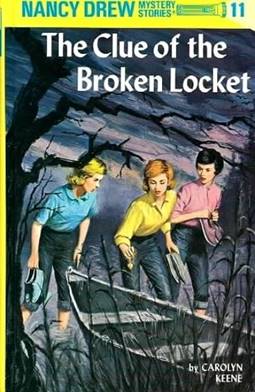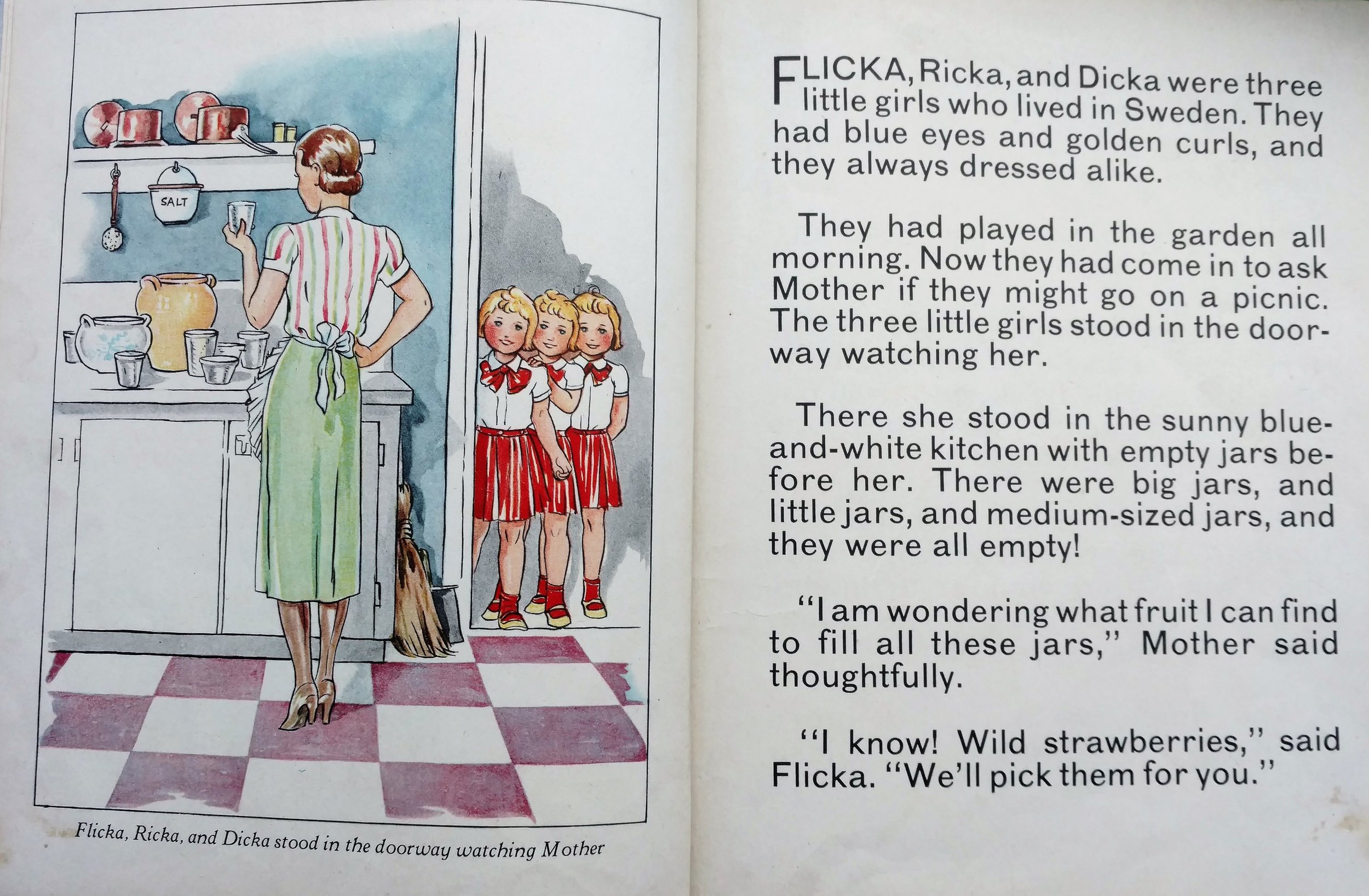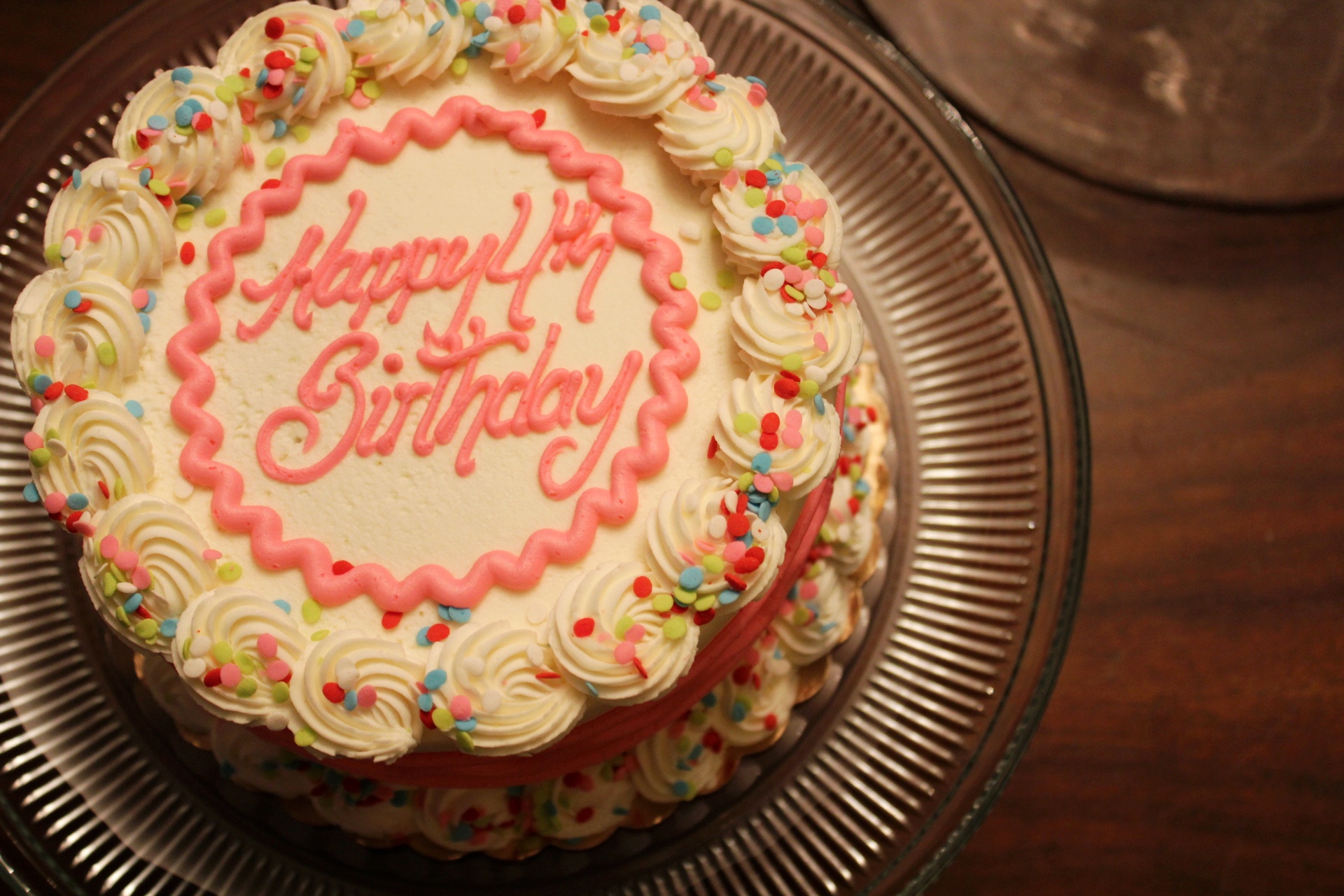Advent: a time of expectant waiting and preparation for the Promised One.
This week, my thoughts flitted back to Husband’s health crisis at the end of 2015—already three years ago. While many waited for Christmas that year, we waited for answers.
And maybe you’re waiting for answers now.
Here’s the fourth (and final) installment of our story from back then. (Find the first three installments here: The waiting room, Grateful, and The box)
*****
The waiting season
We checked in at 9:45 for Husband’s 10:00 appointment. I sank down in the vinyl seat next to him in the waiting room and reminded myself he was in the best hands in the Twin Cities. Not only was the doctor an oncologist, but he also specialized in shoulders and arms. Then into my brain zinged the receptionist’s favorite word from a week earlier: URGENT. At least today we would hear something. At least today we would learn if it was cancer or not—and maybe even form a plan of action.
10:00 came and went. Then 10:20. At 10:30, I wondered if I had time to visit the ladies’ room. By 10:40, I believed Husband was the ugly Christmas sweater: grabbing attention once a year, but out of mind the rest of the time. Finally, at 10:50, a nurse called his name, and we followed her down a long hallway.
“Sorry about the wait.” She spritzed the apology into the air like a room freshener; the scent was sweet, but I knew it was meant to disguise a stink.
Husband shot me a side-glance and whispered, “Are you okay?”
I shrugged. The extended waiting room time—an unnecessary poke at the bruise—had stunned me. But fear rose up again and beat down the awakening anger.
In the exam room, the nurse indicated seats for us, and then she approached the computer. I scrutinized her face as she clicked away at the keyboard. Did she already know the truth? But her demeanor revealed nothing, and soon she left the room.
Ten minutes later, the doctor breezed in, introduced himself, and sat down. “So what brings you in today?”
What? He didn’t know? He hadn’t received all the messages from the orthopedic surgeon? He hadn’t reviewed the bone scan yet? Husband filled him in on the details, and then the doctor swiveled his chair toward the computer and peered at the screen. “I see you had an MRI on October 22.”
And today was December 10. Inside, I seethed. Had Husband been forgotten? Had each medical professional along the way dropped the ball?
The doctor perused Husband’s file, studying the x-ray, the MRI, the bone scan. He explained the risks of a biopsy and why he wouldn’t recommend it, and then he turned to us. “It would be low-grade if it’s cancer.” There was that word again, dangling in front of us like a moldy carrot. “I’ll consult with the radiologist and get back to you.”
“How long will that take?” I inserted the question, hoping it would remind him we were humans who had feelings and wanted answers.
“We’ll call you with the results in a couple of days.”
I suppressed a dubious look. “By the way, your receptionist told us it was urgent we see you. In fact, she said it three times in one phone call.”
He smiled and shook his head. “Your doctor had noted it was urgent for you to get my opinion. It didn’t mean urgency of the condition.”
Which you don’t even know yet, I wanted to add, but instead I nodded. “Okay.”
When the appointment was over, I exited the exam room, my shoulders drooping. Husband—his expression neutral—strode next to me.
In the lobby, he hit the elevator’s button down to the parking ramp. “I didn’t really expect answers. Did you?”
My chuckle had sharp edges. “Let’s just go out for lunch.”
Three days later, I attended the Christmas party for my writers’ group. I socialized, helped myself to some holiday treats, and then slipped into a seat at a table. Across the room, I spotted Pearl, a fellow writer who described herself as “no spring chicken.” She shared my admiration for Stephen King’s book on writing, and her common sense sliced through life’s murkiness. Aided by a cane, Pearl worked her way across the room and settled into the empty chair next to mine. She asked me about my life, and I told her about Husband’s recent medical adventures.
She waved away the nonsense. “I stopped going to the doctor a year ago, and I’ve been healthy ever since.”
“So that’s the answer.” I laughed but then let my smile go. “It’s been a long wait. A really long wait.”
“Ah.” Pearl held a finger in the air. “The Advent season is all about waiting.”
Six days had passed since Husband’s appointment, but only silence marked the time. I dialed the familiar number. With flagging hopes, I left a message. Hours later, the phone rang; the long-awaited call had finally come.
“First, I should apologize.” The oncologist cleared his throat on the other end of the line. “We got your husband’s results days ago. I thought the nurse had already called you.”
I pulled the phone closer. “This is the first I’m hearing of it.”
“The radiologist looked at the bone scan and the rest of the tests, and we both agree. We don’t think it’s cancer, and we don’t believe it’s something aggressive. We’d like to do another MRI in three or four months, but there’s no cause for worry.”
Since October 22, I had lived in expectation—an active but motionless posture alternating between numbness and vitality. And now the answer had finally arrived; the phone call signaled the end of the wait. But I thought of others, still dragging along in their own seasons of waiting—anticipating the outcome of a job interview, the homecoming of a loved one, the next paycheck, a friend’s phone call, or for their dreams to materialize and their futures to bloom.
Then Pearl’s words rushed back to me, and I remembered an ancient people waiting thousands of years for the One—the same One who sat with me in the waiting space those many weeks. And He was already here with all the answers I would ever need.
Immanuel, God with us.
*Miss an installment of the blog? Or want to catch the story from the beginning? Visit http://www.tamarajorell.com/blog-entries-by-date
*Names in this blog have been changed to protect my family, neighbors, and friends in the neighborhood, and in a nod of appreciation to the beloved Swedish author Maj Lindman, I’ve renamed my three blondies Flicka, Ricka, and Dicka.

























